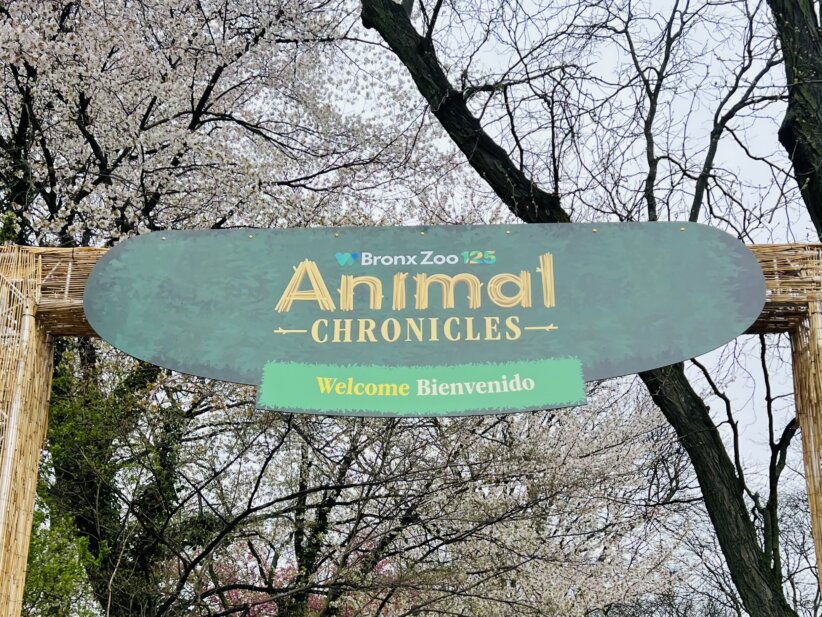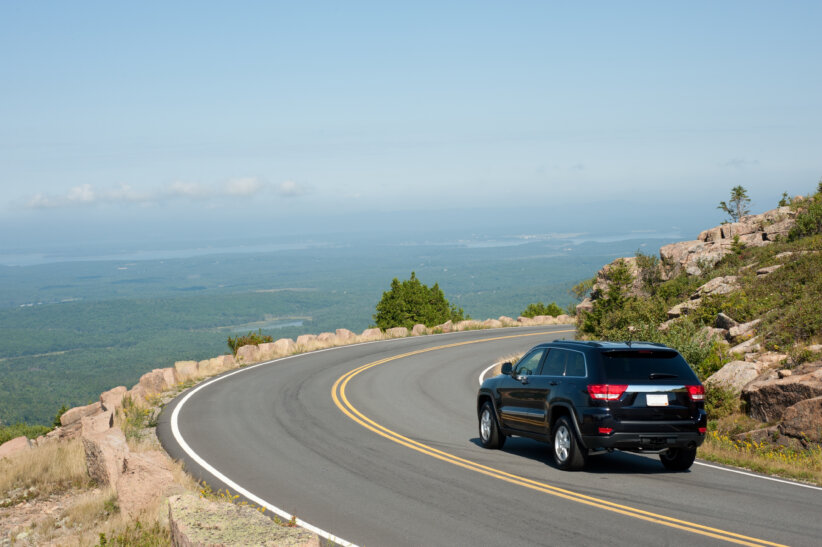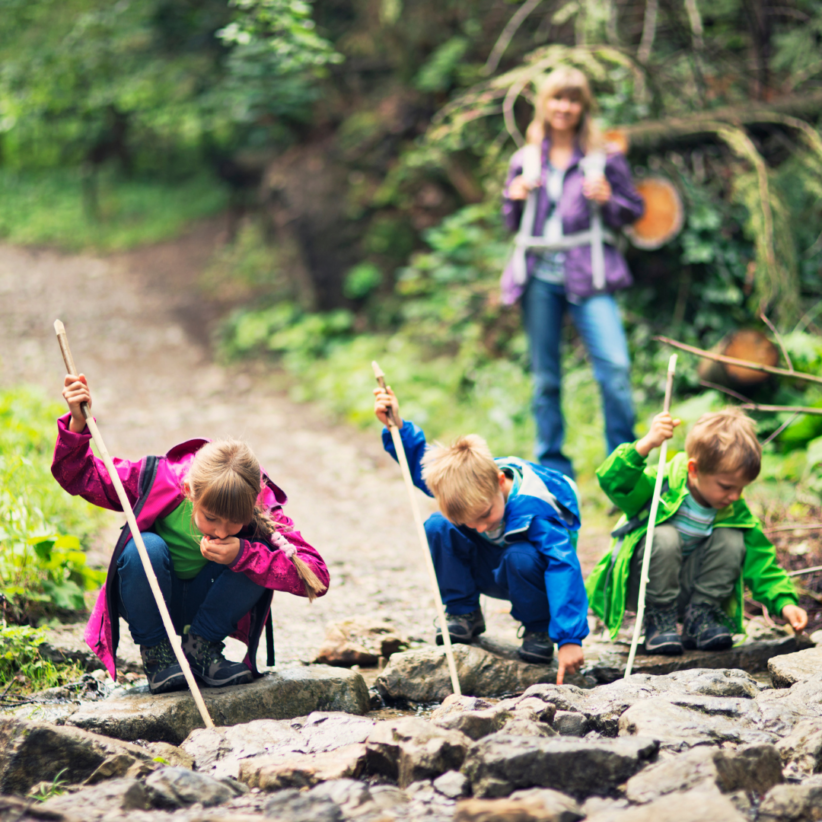The Trailside Nature Museum
Driving into Ward Pound Ridge Reservation, my family and I weren’t sure what to expect. Purchased by Westchester County in 1925, the reservation encompasses more than 4,000 acres and was designated a Biodiversity Reserve Area in 2001. While the park features more than 35 miles of hiking trails, cross-country skiing trails and a sledding hill during the winter months, as well as 29 open-face lean-tos that are available for camping and an art gallery, we drove deep into the park with a specific destination in mind – The Trailside Nature Museum.
This museum appears at first to be an eclectic collection of unrelated minutiae, but further investigation reveals a compact and carefully curated collection that tells the story of the history of the reservation through its flora and fauna.
Plenty of Questions
We parked in the lot and headed for the museum while a couple of teenagers sledded down a snowy slope off to the side. As we entered the museum, which opened to the public in 1937, we passed between two totem poles made by the Tlinqit People of southern Alaska in the late 19th century and my kids were suddenly bursting with questions, enthralled by the museum’s exhibits.
Trailside is a common destination for school groups, with a series of seasonal programs: an American Indian program in the fall, a maple sugaring program in the winter and a stream study in the spring. They also host groups interested in anything from bird watching to archeology. But the first thing that got my attention was a large, scale model of the entire reservation laid out under glass directly in front of me. My children, however, were far more interested in the skulls.
And Answers
Off to the right, just inside the doorway, is a cabinet of animal skulls. This is the Skull Quiz, where visitors are challenged to identify the (former) owners of 12 skulls based on a brief description of the animal’s behavior. My wife patiently read each description aloud and the kids gave it their best shot.
“This mammal has sharp teeth for tearing meat. It lives away from humans and can kill large prey like deer, for example,” she read. My 7-year-old daughter thought hard about her answer, but my 5-year-old son had his guess right away. “I think it’s a dinosaur!” he said. He was only slightly bummed when the answer was bobcat, but he quickly moved on to the next one. My favorite was the description that began, “This large mammal is the most dangerous animal alive.” The kids got a kick when they lifted the flap for the answer to reveal a mirror reflecting their little faces.
Look Up
Only after we’d gone through all 12 skulls were my children able to focus on the rest of the museum. Eventually, all our eyes were drawn to the ceiling, where a massive host of taxidermic birds and animals stared down at us. My daughter pointed out a stuffed Red-tailed hawk, and my wife took an interest in an immature bald eagle, one of the oldest in the collection dating back to 1914.
The theme of taxidermy permeates the front room of the museum, not only ringing the ceiling, but in numerous cases on the floor. Also, along with the various stuffed foxes, wolves, turkeys and bears, there is a collection of very large replica bugs. A lifelike model of an earwig, enlarged 20 times, glares at you in one case, a massive dung beetle rolls a pile of, well, dung the size of a soccer ball in another.
Hands-On
Elsewhere in the museum, my kids quickly rammed their hands into three boxes where you are supposed to guess what is inside based on what you feel with your fingers. Right across the aisle from these, my son took great joy in turning the hand crank on an old wooden farm toy from the Colonial period and watching the little man milk a wooden cow.
Other exhibits in this first room include a tusk and lower jaw fragment from an American mastodon, a display comparing basic tools from long ago with their modern equivalents, and a bird-watching station complete with binoculars, so that kids can stand on the step, and look out a huge window at a series of well-stocked hanging bird feeders.
The Other Room
The second, and final, room of the museum is set up as workspace for experiments and programs, with a couple of long tables in the middle. Lining the walls are displays featuring turtles of the reservation, the process of maple sugaring (which is done on site), and one particularly striking exhibit of trash that has been found in the reservation and put on display in all its glory. There is also a display detailing an element of Westchester County folklore – the story of the Leatherman, a wandering hermit dressed in a homemade outfit entirely of leather who made regular visits to farms in Westchester and western Connecticut for more than 25 years in and around the time of the Civil War.
The big draw in this room for my son was the fiberglass hollow tree in the corner into which he climbed straight away. He had fun poking his head out of holes and playing around with the stuffed animals (the non-taxidermy kind) that were inside the tree.
In all, our kids enjoyed their visit to Trailside. However, with the museum so isolated, literally in the center of the Ward Pound Ridge Reservation, I would suggest that parents include a visit to the Trailside Nature Museum within a larger trip to the Reservation itself. With miles of hiking trails, a wildflower garden and multiple habitats spread out over its 4,000 acres, it is well worth the trip.
David Neilson is a Westchester-based writer and stay-at-home dad.
When You Go …
Trailside Nature Museum
Ward Pound Ridge Reservation
Routes 35 & 121, Cross River, N.Y.
864-7322
Hours
Tuesday, Wednesday, Thursday, Saturday, 9 a.m. to 4 p.m.
Admission
Admission is free, $2 donation is suggested.









